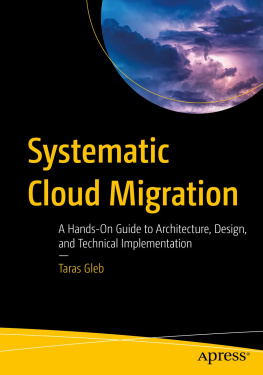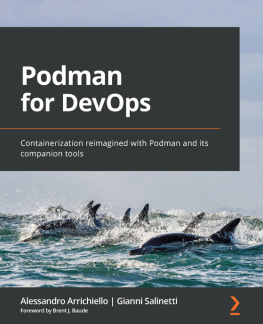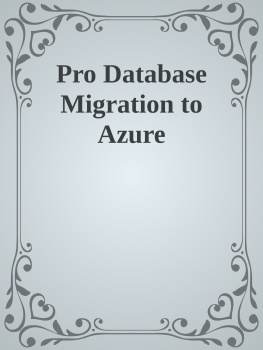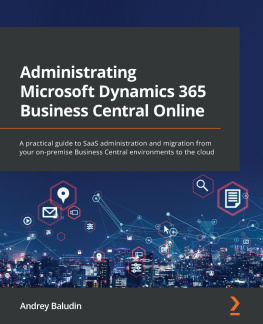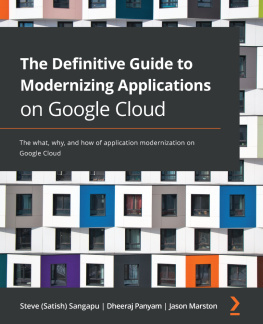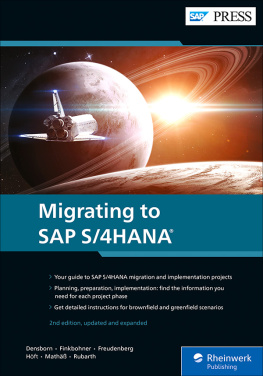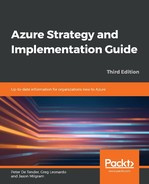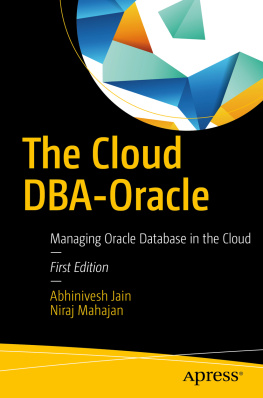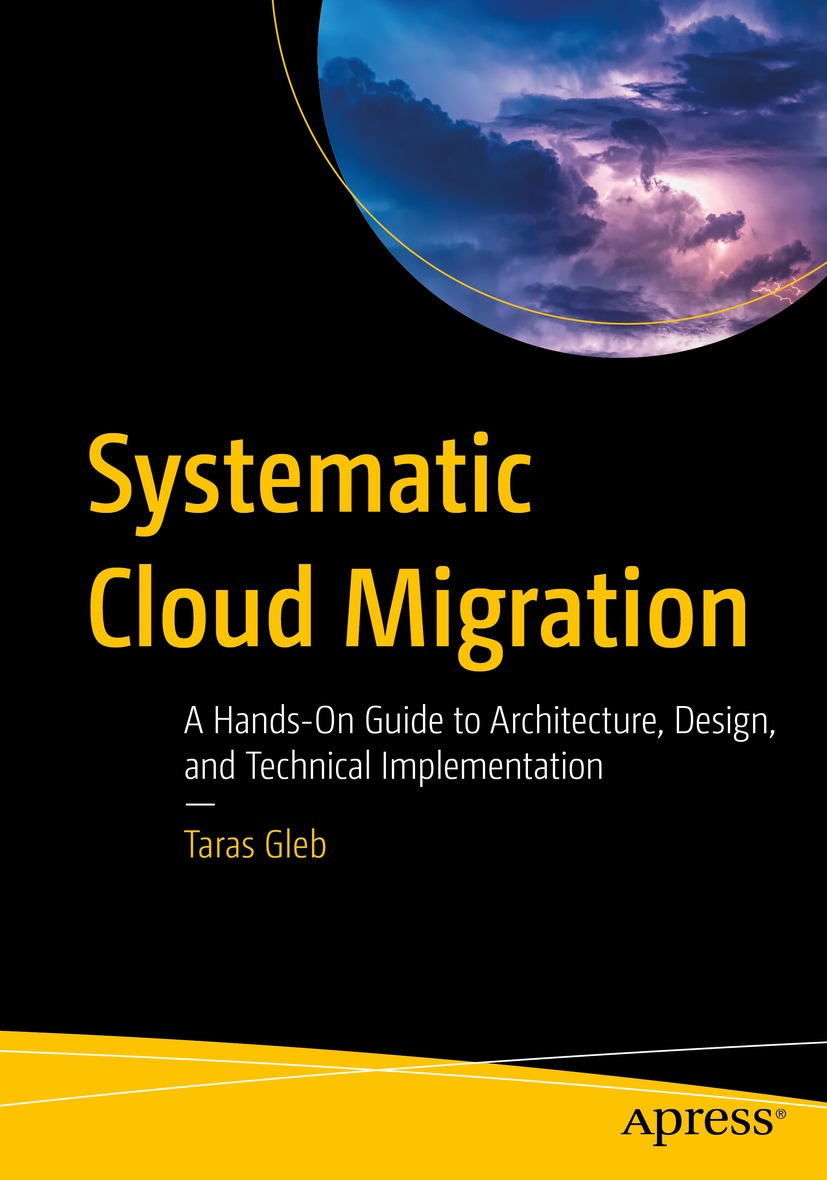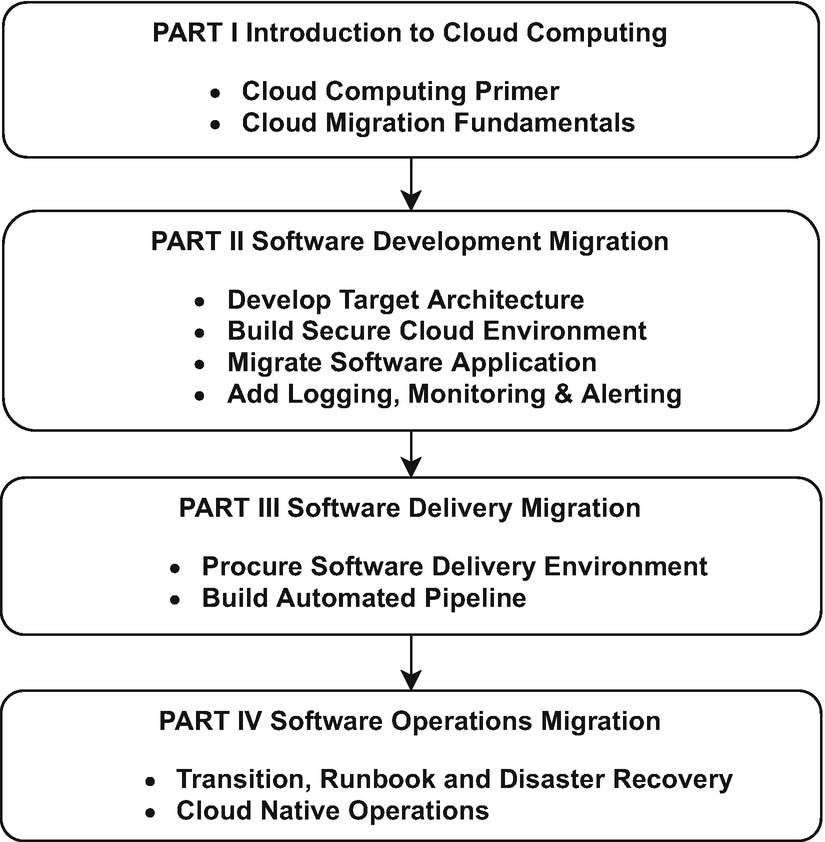Taras Gleb - Systematic Cloud Migration: A Hands-On Guide to Architecture, Design, and Technical Implementation
Here you can read online Taras Gleb - Systematic Cloud Migration: A Hands-On Guide to Architecture, Design, and Technical Implementation full text of the book (entire story) in english for free. Download pdf and epub, get meaning, cover and reviews about this ebook. year: 2021, publisher: Apress, genre: Romance novel. Description of the work, (preface) as well as reviews are available. Best literature library LitArk.com created for fans of good reading and offers a wide selection of genres:
Romance novel
Science fiction
Adventure
Detective
Science
History
Home and family
Prose
Art
Politics
Computer
Non-fiction
Religion
Business
Children
Humor
Choose a favorite category and find really read worthwhile books. Enjoy immersion in the world of imagination, feel the emotions of the characters or learn something new for yourself, make an fascinating discovery.
- Book:Systematic Cloud Migration: A Hands-On Guide to Architecture, Design, and Technical Implementation
- Author:
- Publisher:Apress
- Genre:
- Year:2021
- Rating:3 / 5
- Favourites:Add to favourites
- Your mark:
Systematic Cloud Migration: A Hands-On Guide to Architecture, Design, and Technical Implementation: summary, description and annotation
We offer to read an annotation, description, summary or preface (depends on what the author of the book "Systematic Cloud Migration: A Hands-On Guide to Architecture, Design, and Technical Implementation" wrote himself). If you haven't found the necessary information about the book — write in the comments, we will try to find it.
This book is your systematic cloud migration guide. Experiences shared by the author are drawn from real-life migration projects and contain practical advice, as well as step-by-step architecture, design, and technical implementation instructions using sample application code on GitLab. Following the guidance in this book will provide much needed support to your teams, and help you successfully complete the application cloud migration journey.
Systematic Cloud Migration consists of four major parts. Part one starts with a fundamental introduction of cloud computing to establish the context for migration, including paradigm changes in five important areas: software application, DevSecOps, operations, infrastructure, and security. And these are the areas that the book follows throughout. Next, it introduces a real-life migration process that your team can follow.
Part two presents the migration process for the application code, including architecture diagrams and presented by demo application code and supporting infrastructure in AWS cloud. Part three dives into DevSecOps and automation. In addition to concepts, a real-life migration diagram and sample pipeline code implemented with GitLab are include. Part four deals with efficient cloud operations.
Each chapter has a practical structure: objectives, roles, inputs, process/activities, outputs/deliverables, best practices, and summary. There is a wealth of cloud production-grade template style artifacts that can be used as is.
What You Will Learn
- Design applications in the cloud, including determining the design criteria (e.g., solution cost is a design criterion, same as security, and is not an afterthought)
- Understand the major migration areas: software development (application code, data, integration, and configuration), software delivery (pipeline and automation), and software operations (observability)
- Migrate each application element: client and business components code, data, integration and services, logging, monitoring, alerting, as well as configurations
- Understand cloud-critical static application security testing (SAST), dynamic application security testing (DAST), containers compliance and security scanning, and open source dependency testing
- Know the directions and implementation details on cost-efficient, automated, cloud-native software operations
Who This Book Is For
Primarily designed with software developers, team leads, development managers, DevOps engineers, and software architects in mind. Their day-to-day activities include architecting, designing, developing, delivering, and operating software in the cloud environment. In addition, this book will benefit infrastructure, network, security, and operations engineers, who in turn, can provide better support for the software development product teams.
Taras Gleb: author's other books
Who wrote Systematic Cloud Migration: A Hands-On Guide to Architecture, Design, and Technical Implementation? Find out the surname, the name of the author of the book and a list of all author's works by series.

